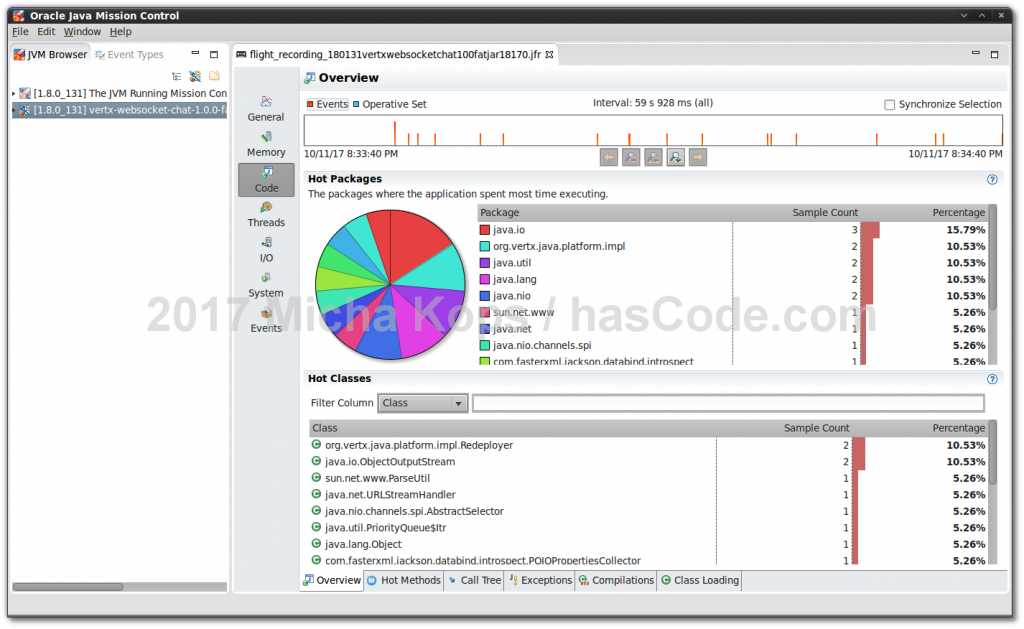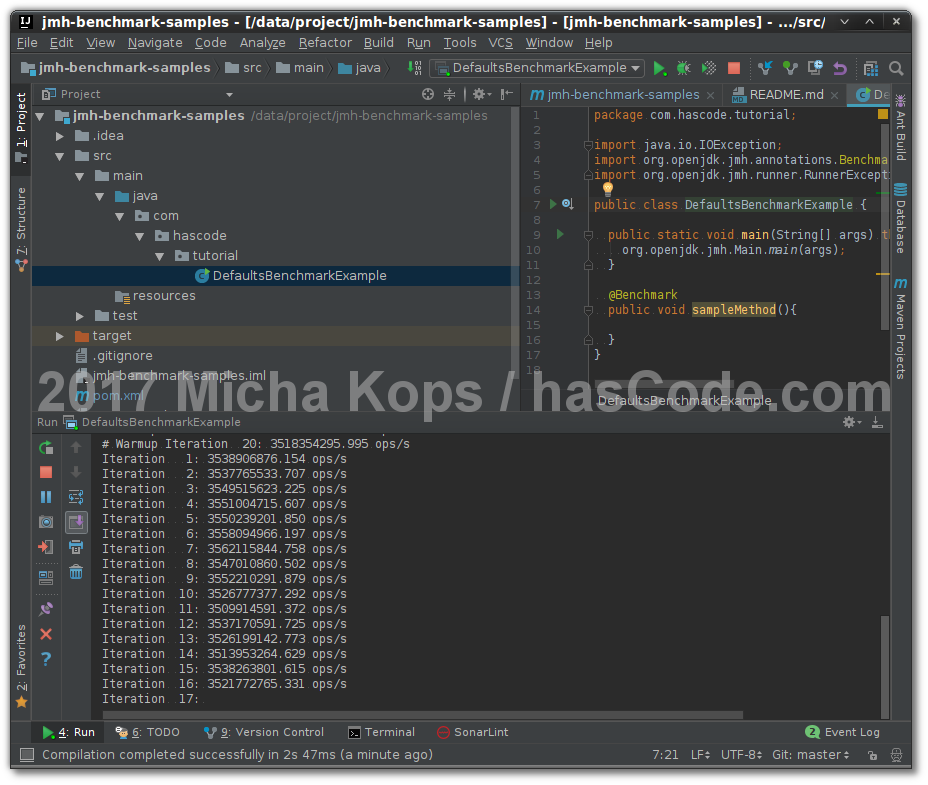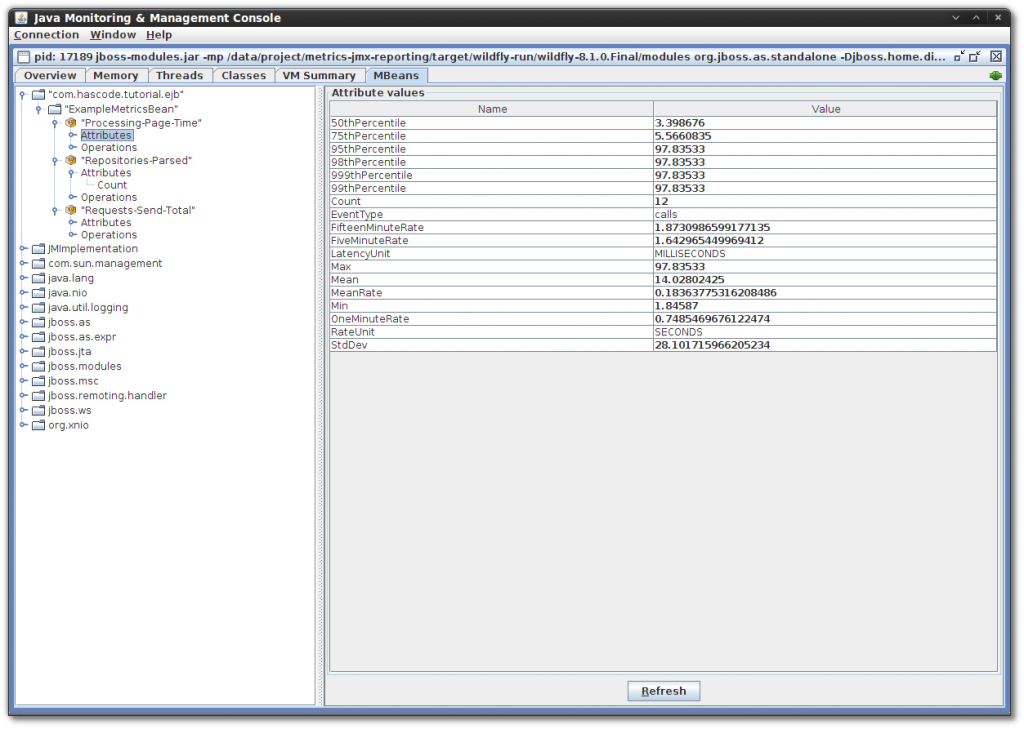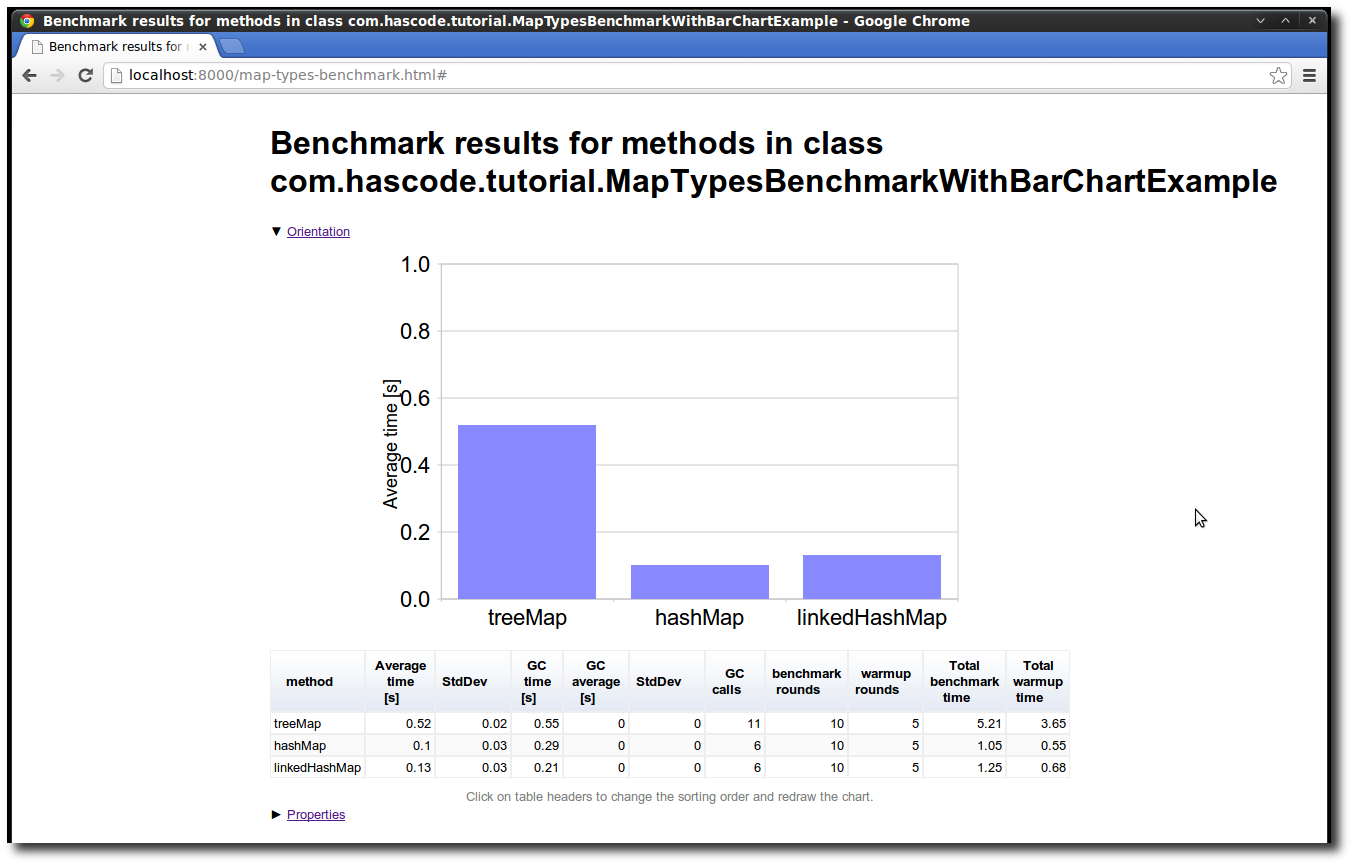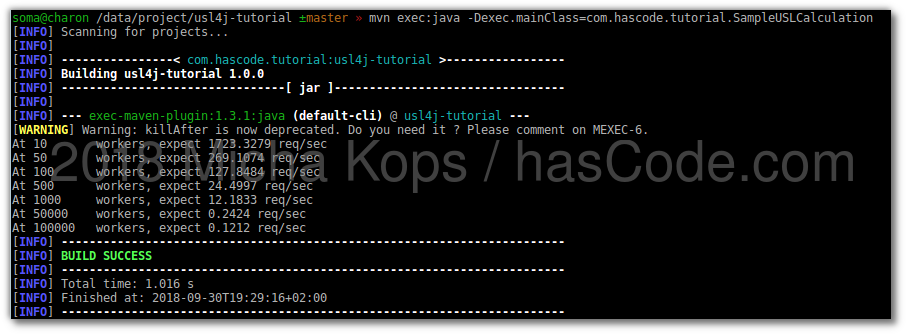
Capacity Planning using the Universal Scalability Law with Java and usl4j
Capacity planning is an important task when trying to anticipate resources and scaling factors for our applications. The usl4j library offers us an easy abstraction for Neil J. Gunther’s Universal Scalability Law and allows us to build up a predictive model based on the parameters throughput, latency and concurrent operations. With a basic input set of two of these parameters, we are able to predict how these values change if we change one input parameter so that we can build our infrastructure or systems according to our SLAs. ...
